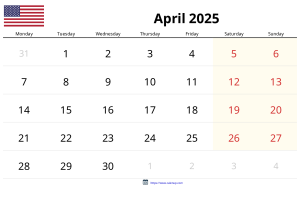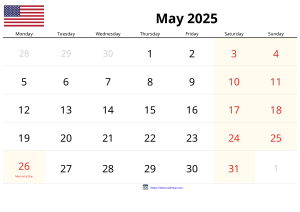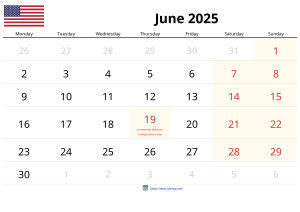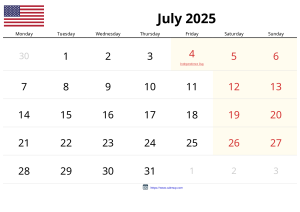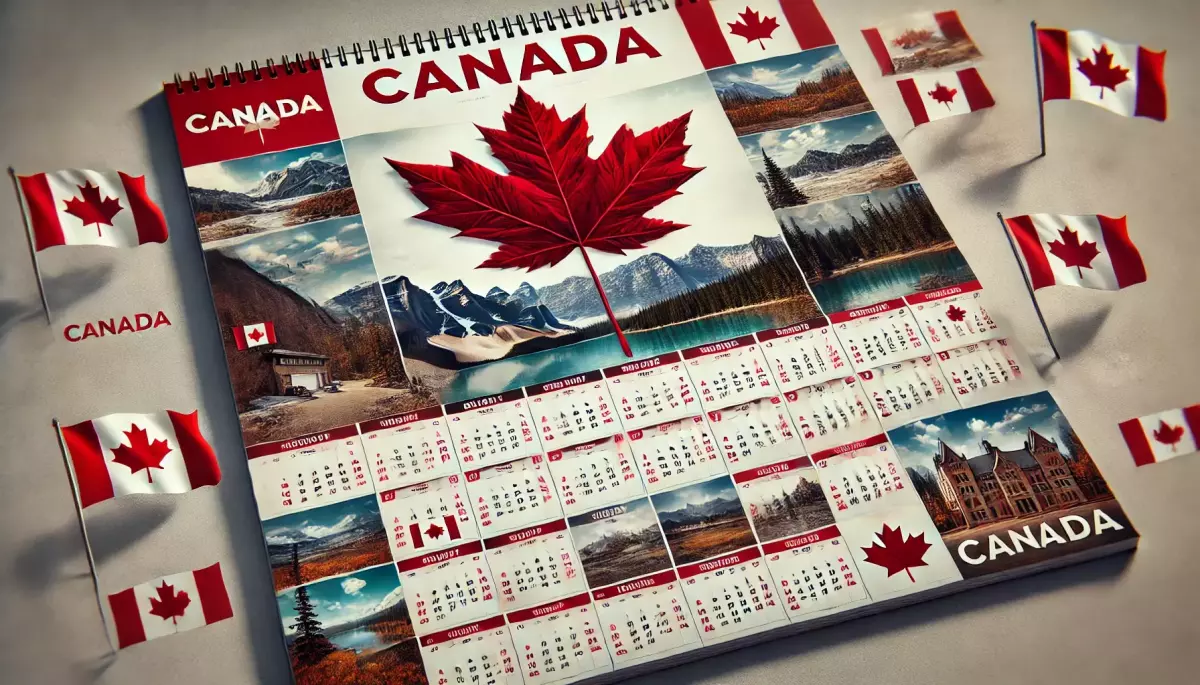The Canadian Calendar is an essential tool for those who wish to keep track of the country's holidays and commemorative dates. Knowing these celebrations enriches the cultural and social experience, allowing citizens and tourists to plan their activities more efficiently. Furthermore, the diversity of holidays reflects Canada's rich multicultural heritage, making each date an opportunity for learning and collective celebration.
Understanding the calendar of holidays and celebrations is fundamental to making the most of Canadian culture. By having access to a practical format, such as PDF or Excel, it is possible to better organize commitments and participate in festivities. This way, everyone can experience the essence of what it means to be part of this vibrant and inclusive nation.
National Holidays Calendar in Canada
Canada, a vast and diverse country, has a national holidays calendar that reflects its rich cultural heritage and ethnic diversity. National holidays are celebrated across the country and include significant dates that are part of Canadian identity. Among the main holidays are Canada Day, celebrated on July 1st, which marks the confederation of the country, and Thanksgiving, celebrated on the second Monday in October. Both holidays are occasions for family gatherings and celebrations that bring together friends and loved ones.
Another important holiday is Remembrance Day, which occurs on November 11th. This date is dedicated to the remembrance of Canadian soldiers who fought and died in wars. Remembrance ceremonies are held across the country, with many Canadians wearing the poppy flower as a symbol of respect and gratitude. The significance of these holidays goes beyond celebration; they strengthen social cohesion and national identity.
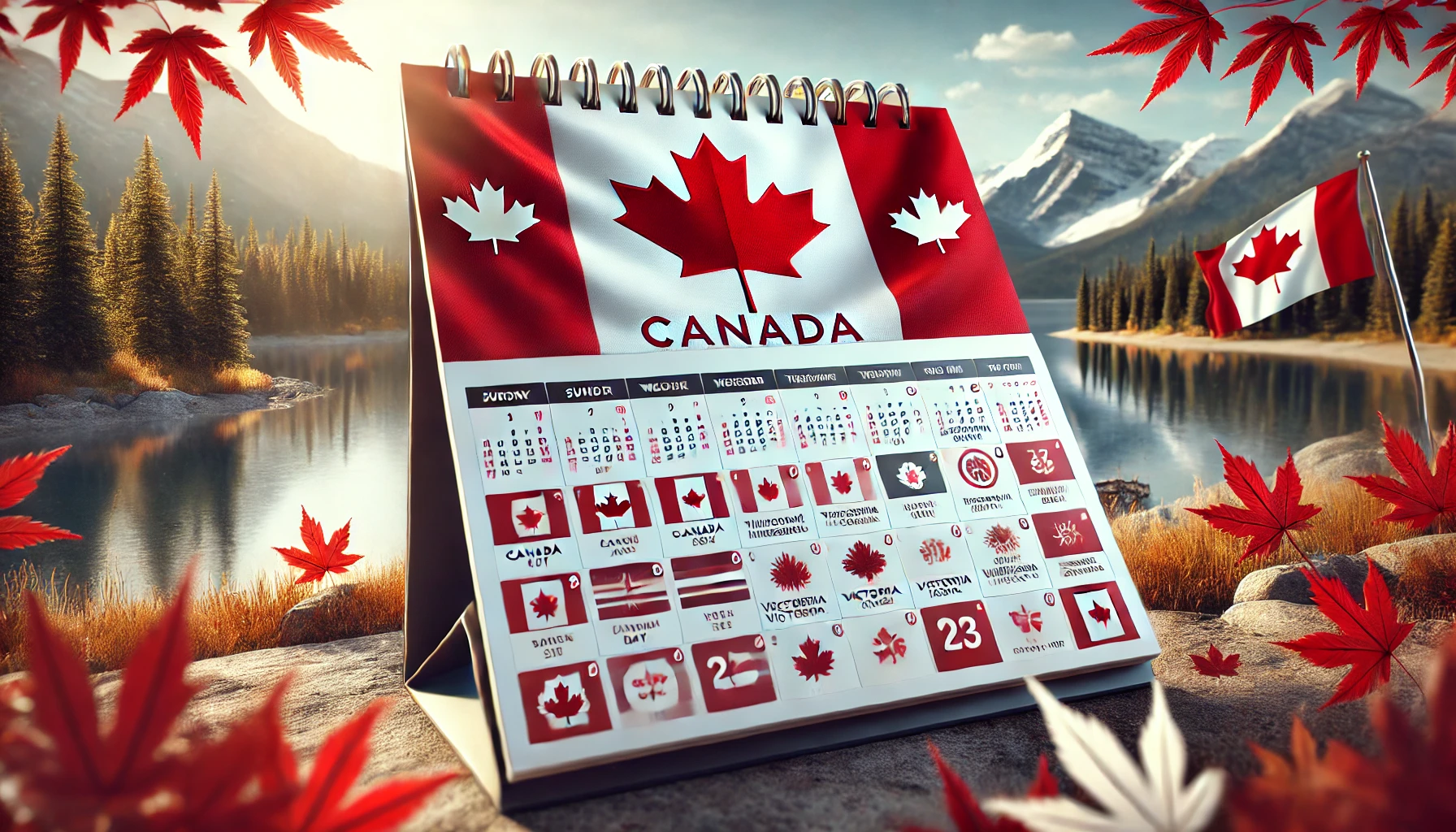
National holidays are fundamental to Canada's calendar, as they provide opportunities for tourism and the economy. During these dates, many Canadians take the chance to travel, participate in festivals, and attend cultural events. Thus, the economic impact of holidays is significant, contributing to the growth of sectors such as tourism, hospitality, and local commerce.
Main Regional Holidays and their Celebrations
In addition to national holidays, each province and territory in Canada has its own regional celebrations, which often reflect the local culture. For example, the Harvest Festival is celebrated in various regions, including Ontario (CST and EST) and British Columbia, and includes fairs, exhibitions, and community events that celebrate agriculture and rural traditions. These events are great opportunities for residents to learn more about their communities and strengthen social ties.
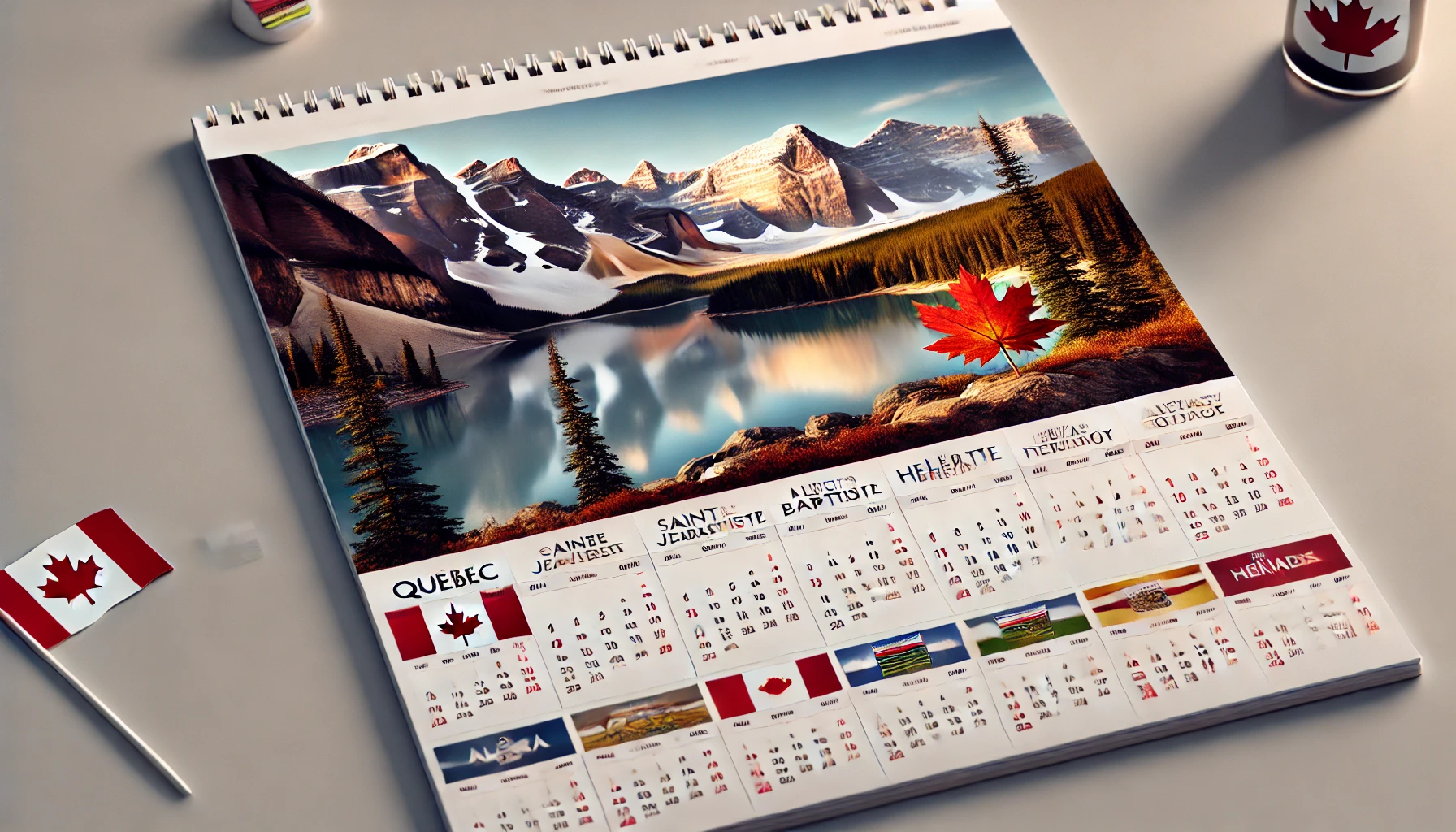
Another regional holiday is Family Day, which is celebrated in several provinces, such as Ontario (CST and EST), Alberta, and British Columbia, on the third Monday of February. This date is dedicated to family activities and community events. Squares and parks fill with recreational activities, such as ice skating and outings, providing a break from daily routines and encouraging family bonding.
Additionally, the Carnival of Quebec, which takes place in January and February, is one of the largest winter festivals in the world. This event attracts tourists from all over and is famous for its ice sculptures, parades, and parties. Regional celebrations in Canada are essential for preserving local culture and fostering a sense of belonging in communities.
Commemorative Dates and Cultural Events in Canada
The Canadian calendar is filled with commemorative dates that reflect the cultural diversity of the country. The Saint Patrick's Day, celebrated on March 17, is an example of Irish influence and is celebrated with parades and parties in various cities, especially in Montreal and Toronto. During this date, the color green dominates the streets, symbolizing Irish culture and tradition. The celebration is a great opportunity for Canadians to celebrate the ethnic diversity of the country.
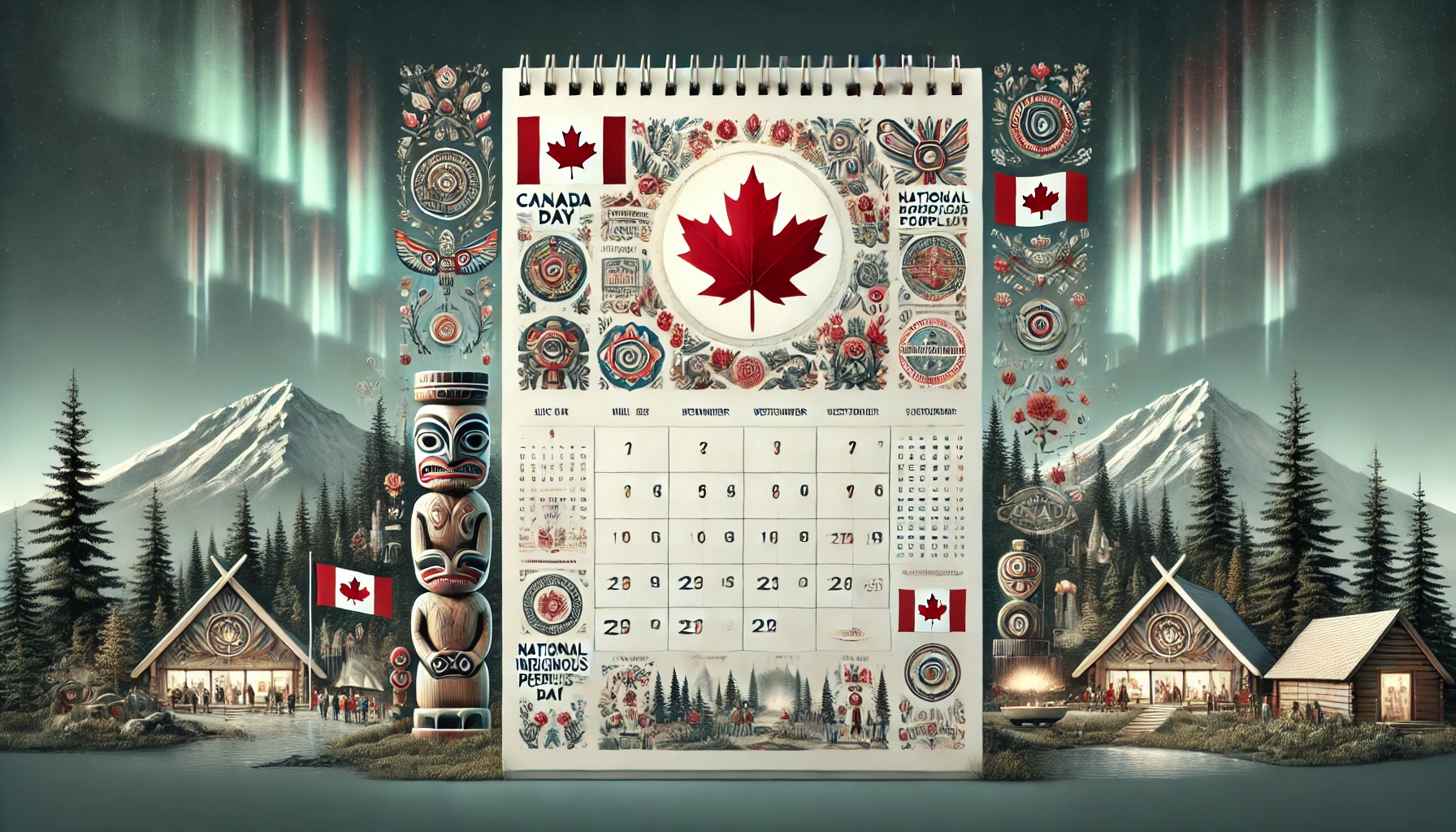
Another significant cultural event is the National Day for Truth and Reconciliation, celebrated on September 30. This holiday was created to honor the memory of Indigenous children who were forced to attend residential schools. The day is marked by ceremonies, reflections, and educational events that promote awareness of Indigenous issues and the reconciliation process. This date is crucial for promoting social justice and respect for cultural diversity.
In addition, the Toronto Film Festival, one of the largest film festivals in the world, takes place annually in September. This event attracts filmmakers, actors, and film enthusiasts, providing a platform for showcasing films from various cultures. The importance of the festival goes beyond entertainment; it promotes the Canadian film industry and highlights the cultural diversity that the country hosts.
Time Zones of Major Canadian Cities
Canada has several time zones, making it essential to understand the times of major cities. The country is divided into six time zones, from Pacific Time (PST) to Atlantic Time (AST). Cities like Vancouver are in the PST zone, while Halifax follows the AST zone. This variation in times can impact event scheduling and communication between regions, especially in such an extensive country.
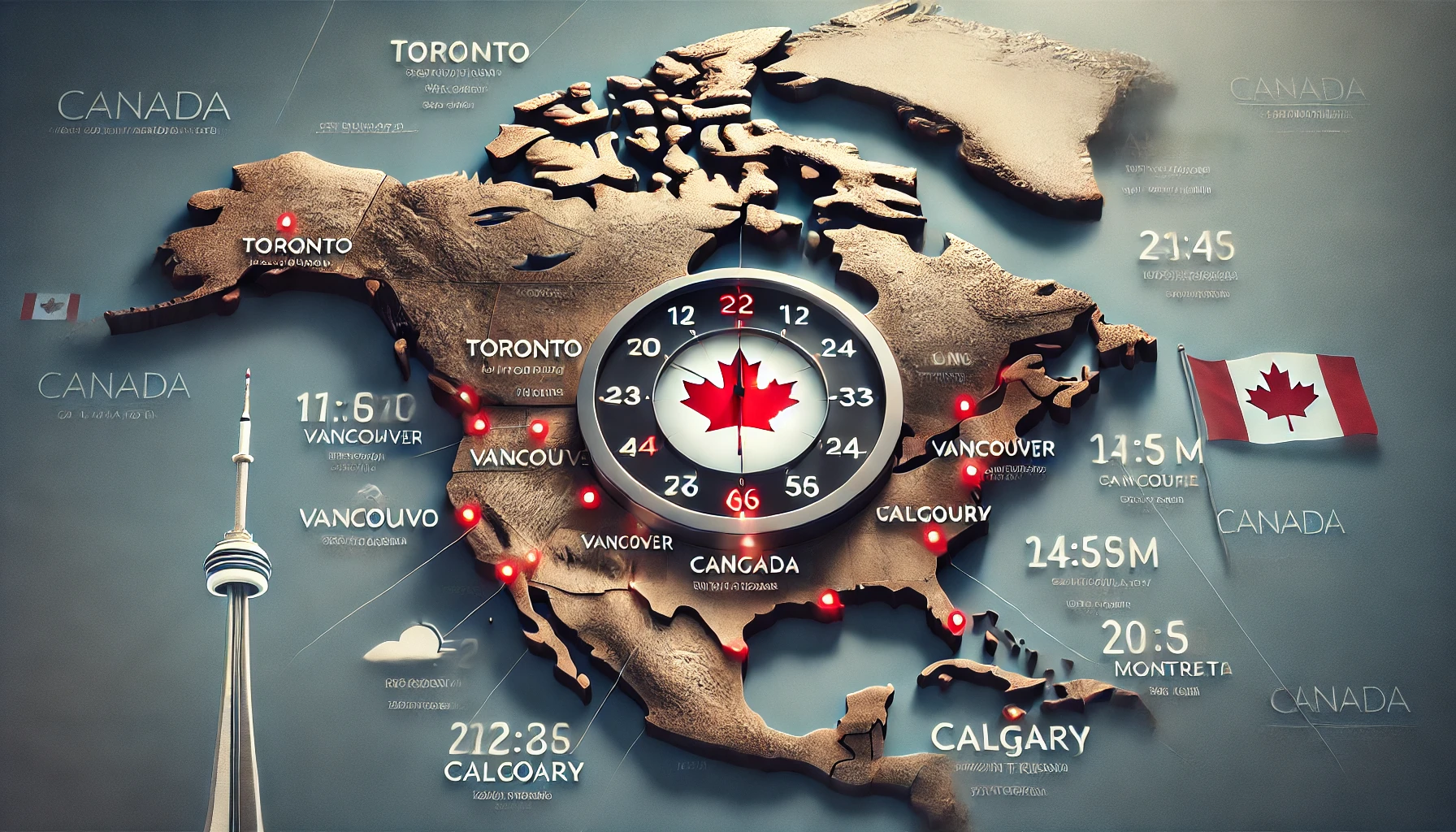
For example, when it is noon in Toronto, which follows Eastern Time (EST), it is only 9 AM in Vancouver. This three-hour difference can affect business commitments and social interactions. Therefore, it is vital for those planning events or trips to consider these time differences, especially when organizing meetings between people located in different time zones.
Additionally, the shift to daylight saving time, which occurs in March and ends in November, is also a factor to consider. During this period, clocks are set forward one hour, temporarily altering the times of cities. This change can cause confusion, particularly for visitors who are not familiar with the system. Thus, staying informed about local times is essential for a smooth experience in Canada.
Final Summary
The Canadian Calendar is an essential tool for those who wish to stay organized throughout the year. With a variety of holidays and celebrations, it provides a clear view of important dates. Thus, having access to a PDF or Excel format further facilitates planning, allowing users to customize their schedules according to regional festivities and events.
Furthermore, this celebration of Canada's cultural diversity is an invitation to reflect on the traditions and history of each holiday. Consequently, knowing the commemorative dates enriches the experience of living in or visiting the country. In fact, the calendar serves as a guide that helps plan meaningful moments alongside friends and family.
Finally, it is essential to highlight the importance of staying informed about the Canadian Holidays and Celebrations Calendar - PDF or Excel. This not only improves personal organization but also promotes a greater understanding of local traditions. Therefore, take advantage of this tool and celebrate each special date with enthusiasm and knowledge.
